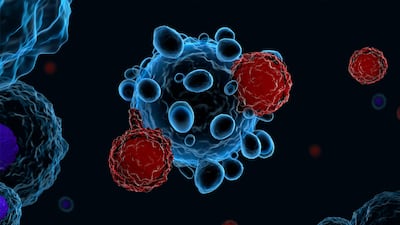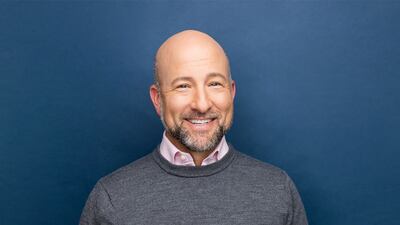Regenerative Medicine
After 10 years of promised investment following its Nobel Prize for iPS cell research, Japan is cautiously narrowing regulations around the conditional approval of cell therapies and cutting reimbursement prices. How has the sector panned out over the last decade?
After 10 years of promised investment following its Nobel Prize for iPS cell research, Japan is cautiously narrowing regulations around the conditional approval of cell therapies and cutting some reimbursement prices. Commercial success remains mixed and some products have been withdrawn from the market.
It is “absolutely fundamental” that manufacturers of cell and gene therapies interact with inspectors from regulatory agencies to understand their expectations around good manufacturing practice, a compliance consultant at CDMO eXmoor pharma says.
Cresilon CEO Joe Landolina says the newly FDA-cleared Traumagel for moderate and severe bleeding is easier to use than many currently available solutions like gauzes and sponges, and provides faster results.
Casgevy, the world’s first CRISPR gene editing therapy, is the second drug to be accepted onto a managed access scheme via England’s Innovative Medicines Fund, offering a new treatment for patients with transfusion-dependent beta thalassemia.
Despite it’s initial promise, a novel autologous cell transplant therapy for severe heart failure has faced multiple challenges gaining full approval in Japan, potentially offering lessons for other regenerative medicine developers.
Despite initial promise, a novel autologous cell transplant therapy for severe heart failure has faced multiple challenges in gaining full approval in Japan, potentially providing learnings for other developers of regenerative medicines.
The head of CBER's Office of Therapeutic Products also touted hiring achievements and new communication plans with sponsors at an Alliance for Regenerative Medicine meeting.
Chimeric antigen receptor T-cell (CAR-T) therapies have revolutionized the treatment of blood cancer, but scalability remains a major challenge. Experts explain how technologies such as chip-based miniaturized models and automation could be part of the solution.
Only three of the 10 new therapies approved by the US FDA also have been approved in the European Union, while both of the EU gene therapy approvals followed FDA clearance, a Pink Sheet analysis shows.
One of the key challenges facing the Hungarian presidency of the Council of the EU in the second half of 2024 will be the proposals for an overhaul of the EU pharmaceutical legislation, which were amended by the European parliament in April. In the latest in a series of articles on progress with the reform, the Pink Sheet examines the issues surrounding the hospital exemption for advanced therapies.
While the introduction of joint clinical assessments under the new EU HTA Regulation could be “fruitful,” the bloc should take a more “integrated approach” to enabling access to ATMPs, according to a Belgian HTA expert.
Increased R&D spending, program acquisitions and a soaring headcount – Regeneron has seen significant growth over the past 5 years. The company is focused on marrying its antibody technologies with its expanding cell and gene therapy pipeline.
In this week's podcast edition of Five Must-Know Things: global CEO remuneration; another late-stage loss for Merch KgaA; deals shift to smaller M&A, partnering; Bayer’s Parkinson’s bets bear fruit; and India looks to innovate CAR-T models.
The German major is kicking off Phase II trials for a cell therapy and a gene therapy that could be gamechangers for the progressive neurodegenerative disorder that affects more than 10 million people worldwide.
SanBio’s lead cell therapy asset has been on a bumpy journey to its global-first approval and while a nod has now come in Japan in a high-need indication, a commercial launch is conditional on additional data to establish product equivalence and manufacturing consistency.
Globally harmonized guidance on evaluating the viral safety of biotechnology products has undergone major revisions for the first time in over two decades to address a raft of scientific advances. Manjula Aysola explores the changes and their impact for manufacturers.
EU citizens can access medical treatments in countries other than their own through cross-border health care regulations – but these legislations were not built with advanced therapy medicinal products (ATMPs) in mind, experts warn.
ADVERTISEMENT



















